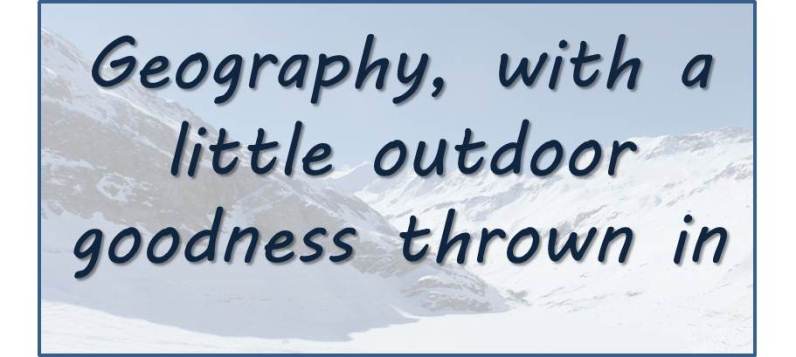 |
| One step at a time..... presenting at TED. Image-Ted.com |
A key barrier with the presentation has been trying to encourage all members of
the class to consider speaking. It usually turns out to be the same keen (but
very articulate) pupils volunteering. So how to tackle this? One recommendation
from a colleague is to get everyone to present in the class so there is no
option involved. If you set the ground rules for how the presentations will be
given and received e.g people need to listen quietly and be respectful, but
also think about the feedback they will
give the speaker after each presentation.
I’ve tried the bribery option with chocolate which
encouraged a reasonable turnout. I would also like to start with group
presentations and then work down to solo presentations to build up confidence
gradually. All of this involves trying things out over time, hopefully
something I can focus on next year.
A few ideas in preparing and presenting that
I want to focus on:
- Develop peer review questioning: Provide a clear outline and success criteria of what questions pupils need to consider.
- Giving good examples of effective presentations and poor presentations and getting pupils to think of what works and what doesn’t work. This could help focus the effort on putting together the presentation and learning the topic as opposed to becoming bogged down with the tech. For example, quite a few of the year 9’s really got into using Prezi and although it was nice to see the interest and fascination I wondered if they spent too long on the tech to the detriment of the research they were doing on droughts. Perhaps use clips from TED talks or Youtube and get pupils to think about what the strengths and weaknesses of the presentation were.
Keen to hear peoples suggestions/thoughts/ideas
The BBC published an article this morning about how the Labour Party wants to increase public speaking opportunities in state schools. I'd like to think they got the ideas after reading the blog post last night, but i'm not convinced ;-)
The article can be found here
*UPDATE: 24/5/2012*
The BBC published an article this morning about how the Labour Party wants to increase public speaking opportunities in state schools. I'd like to think they got the ideas after reading the blog post last night, but i'm not convinced ;-)
The article can be found here














